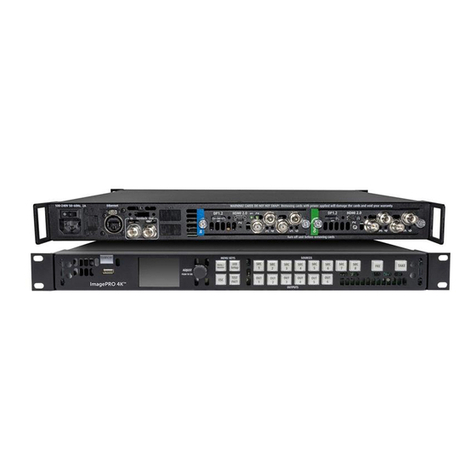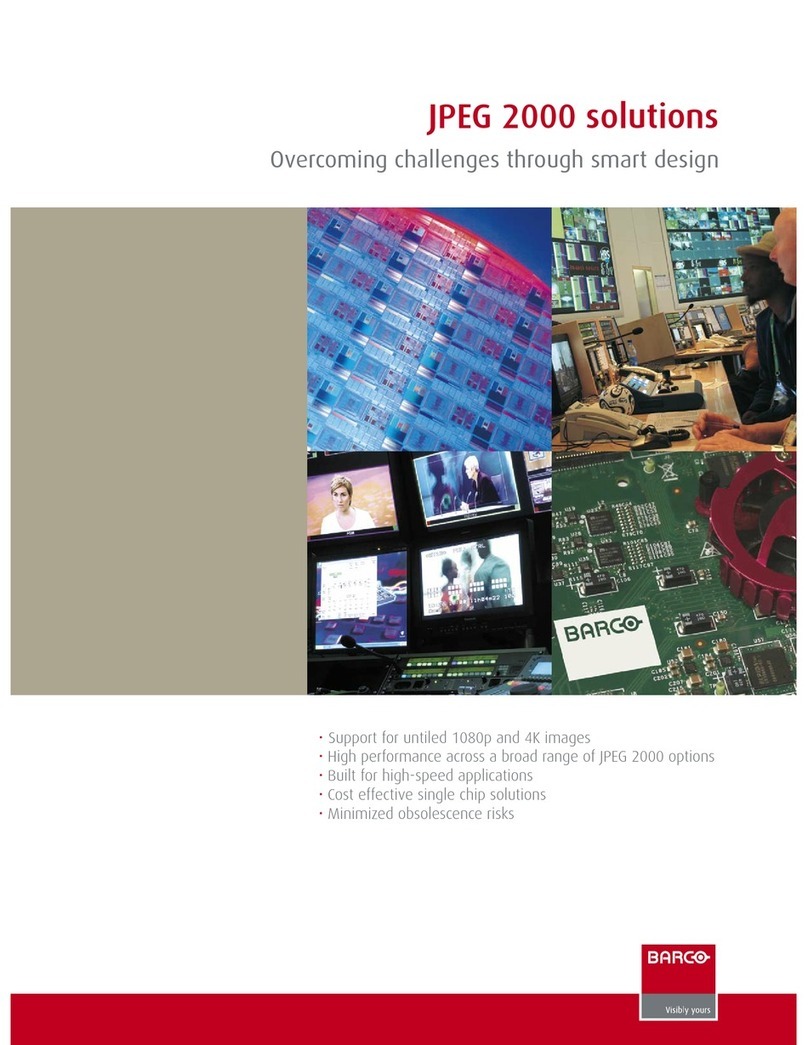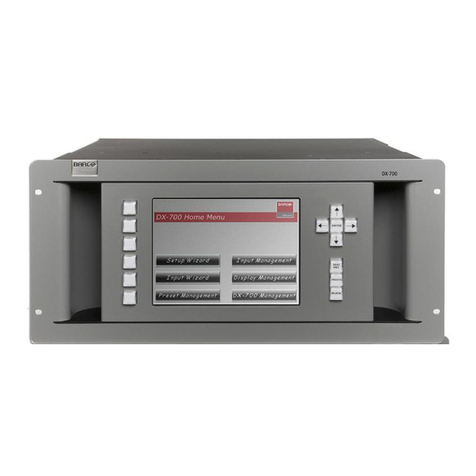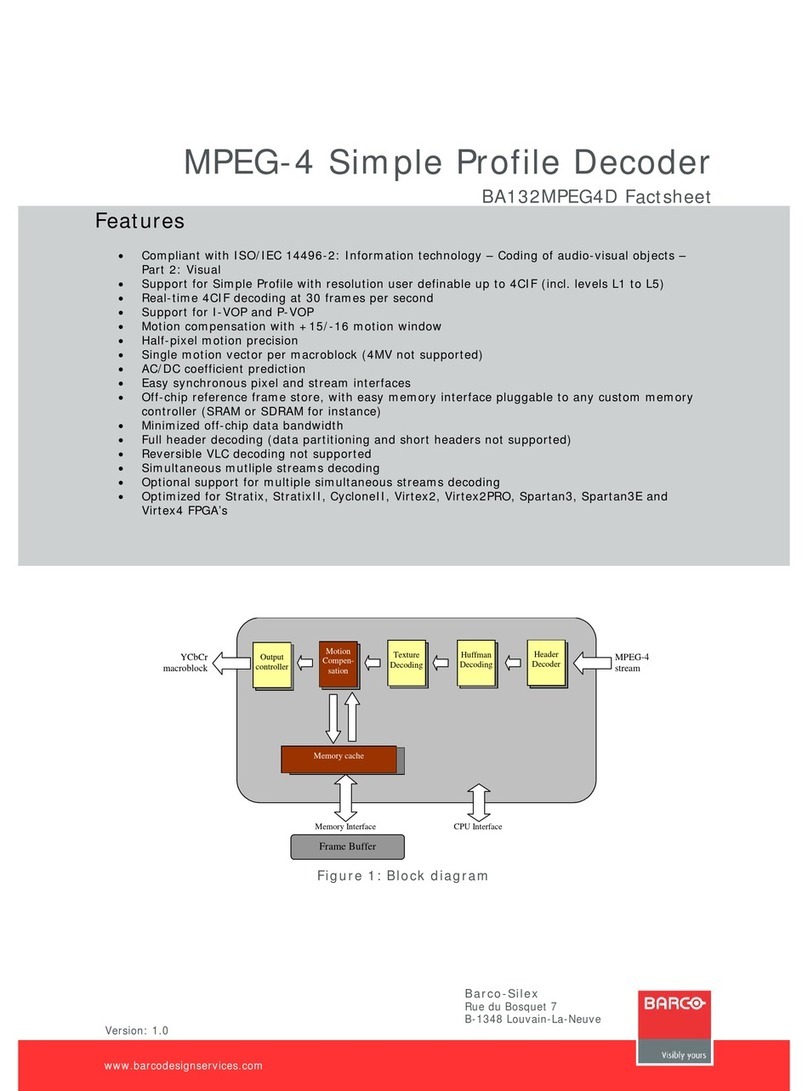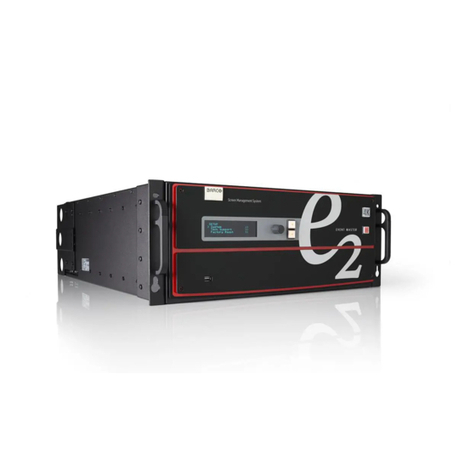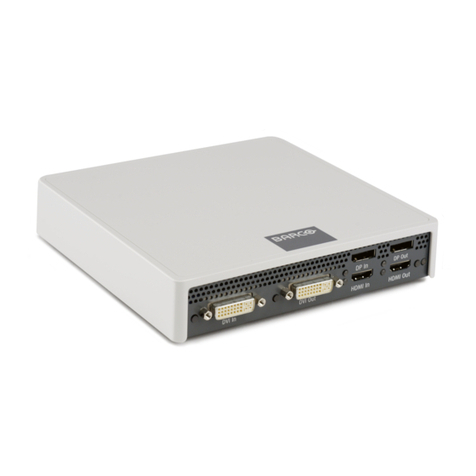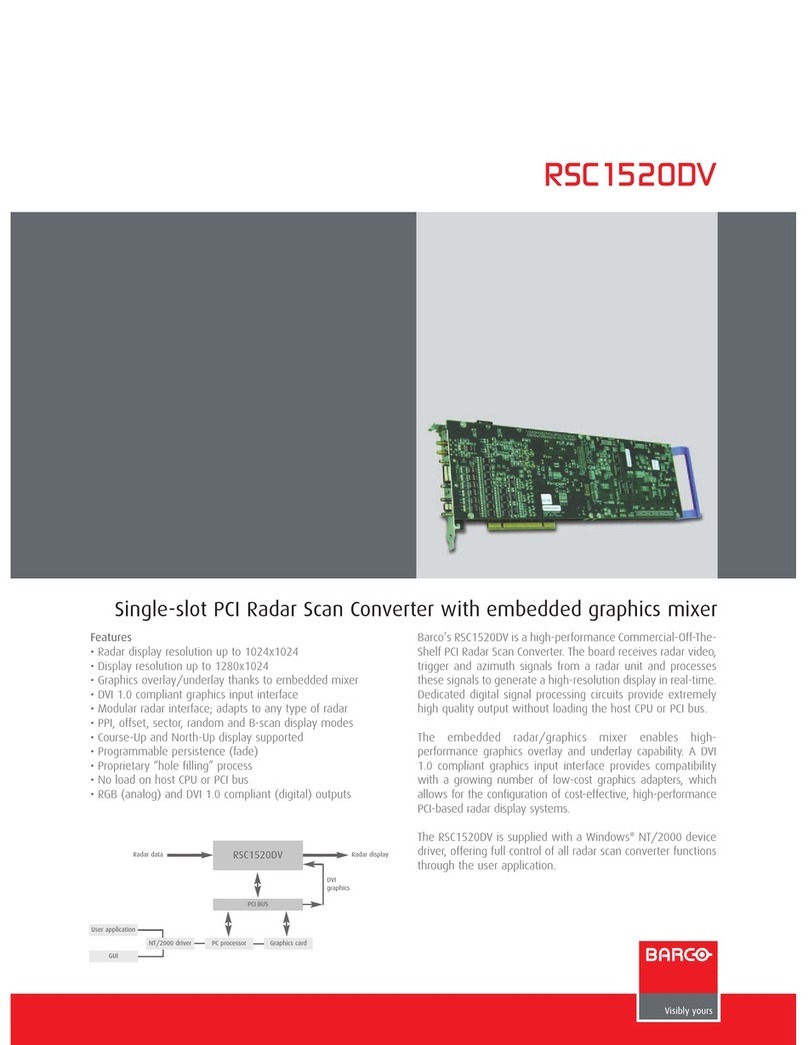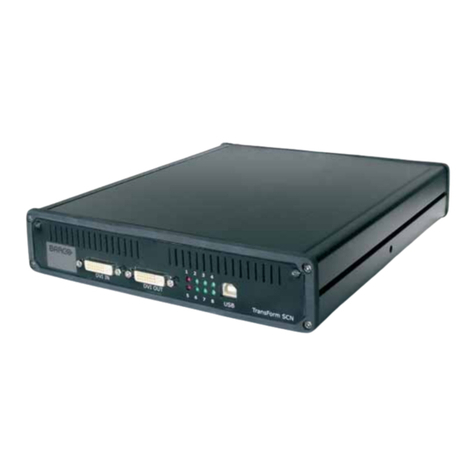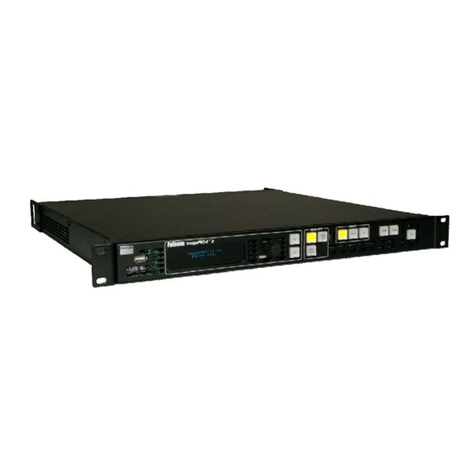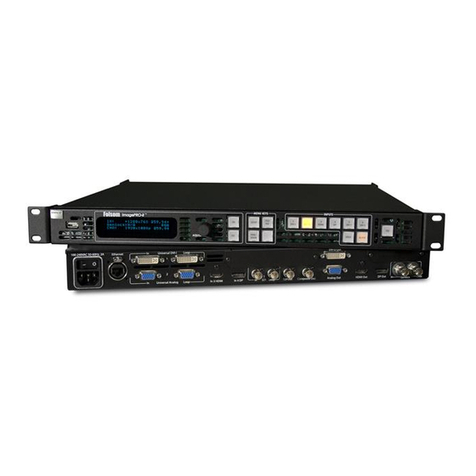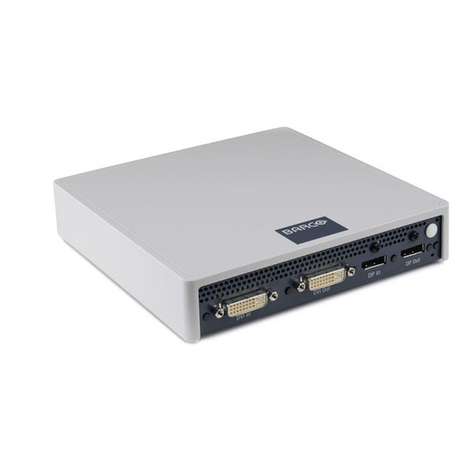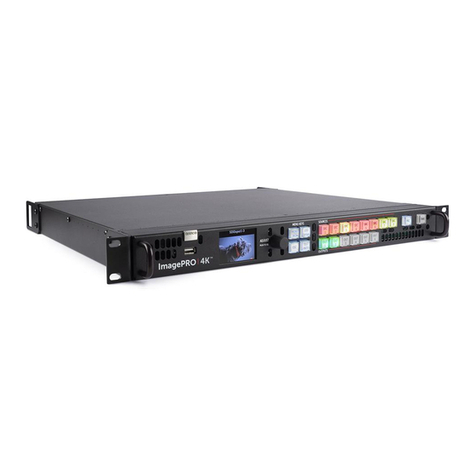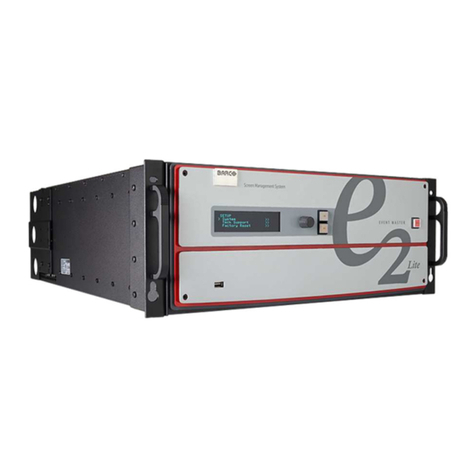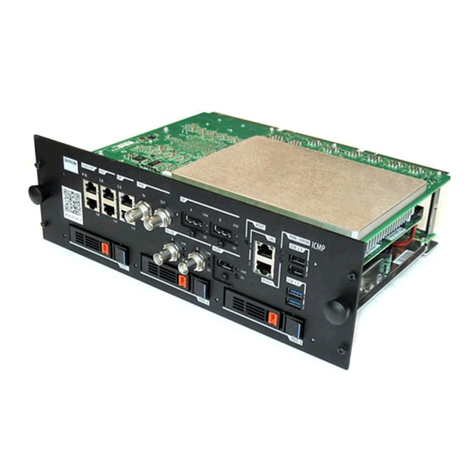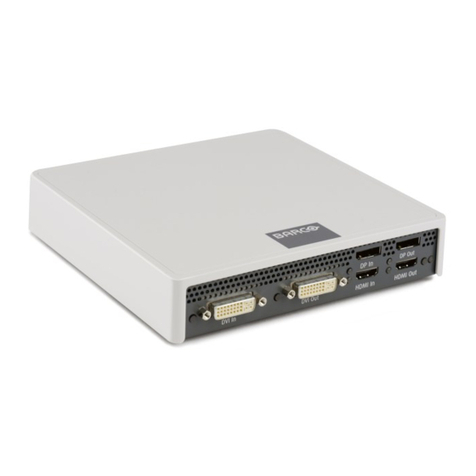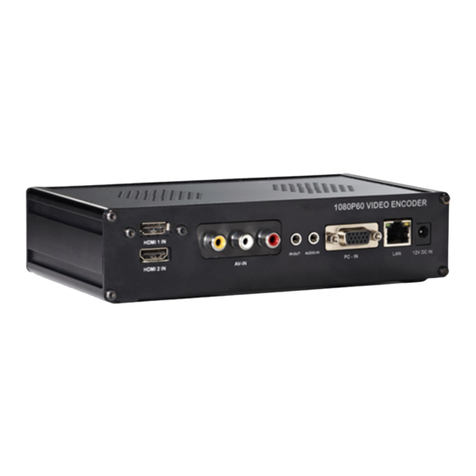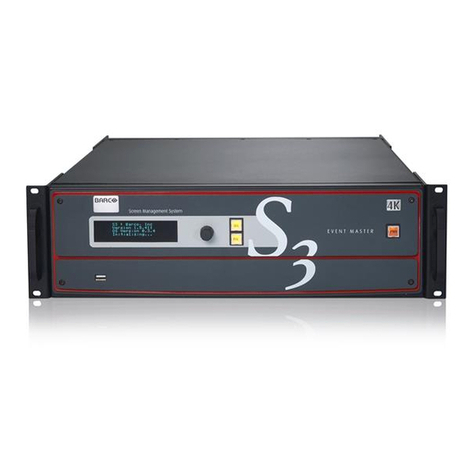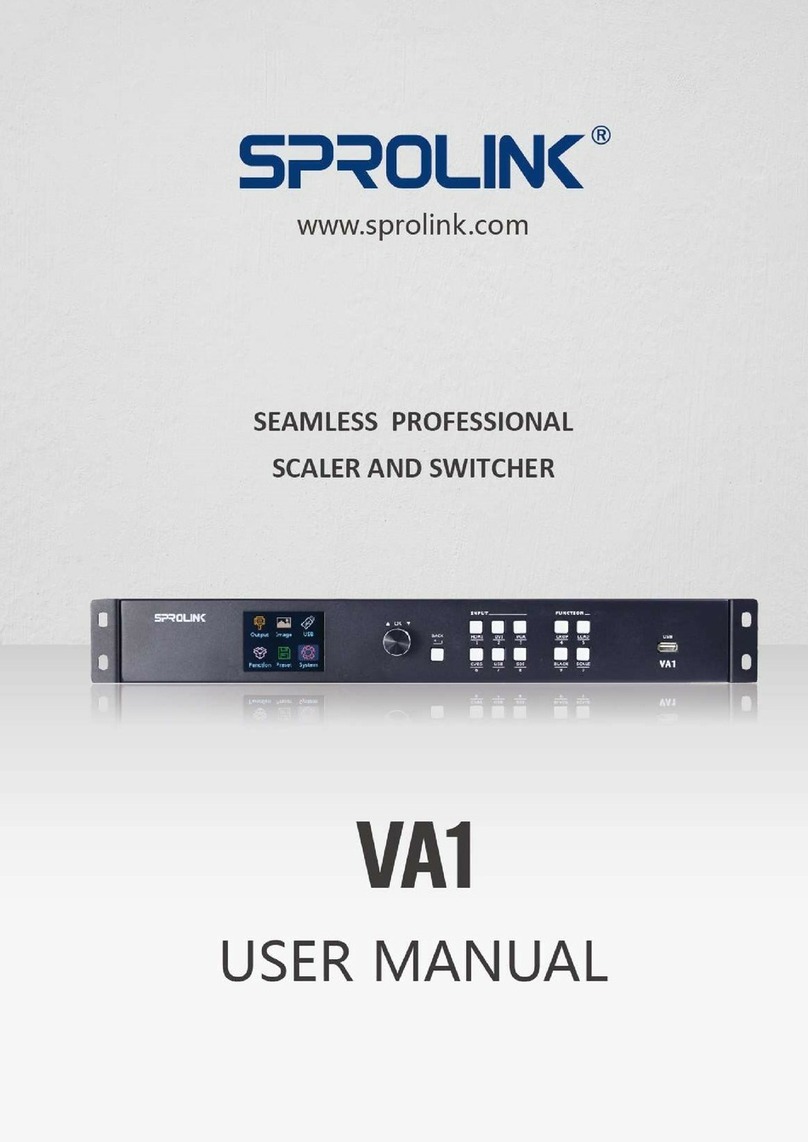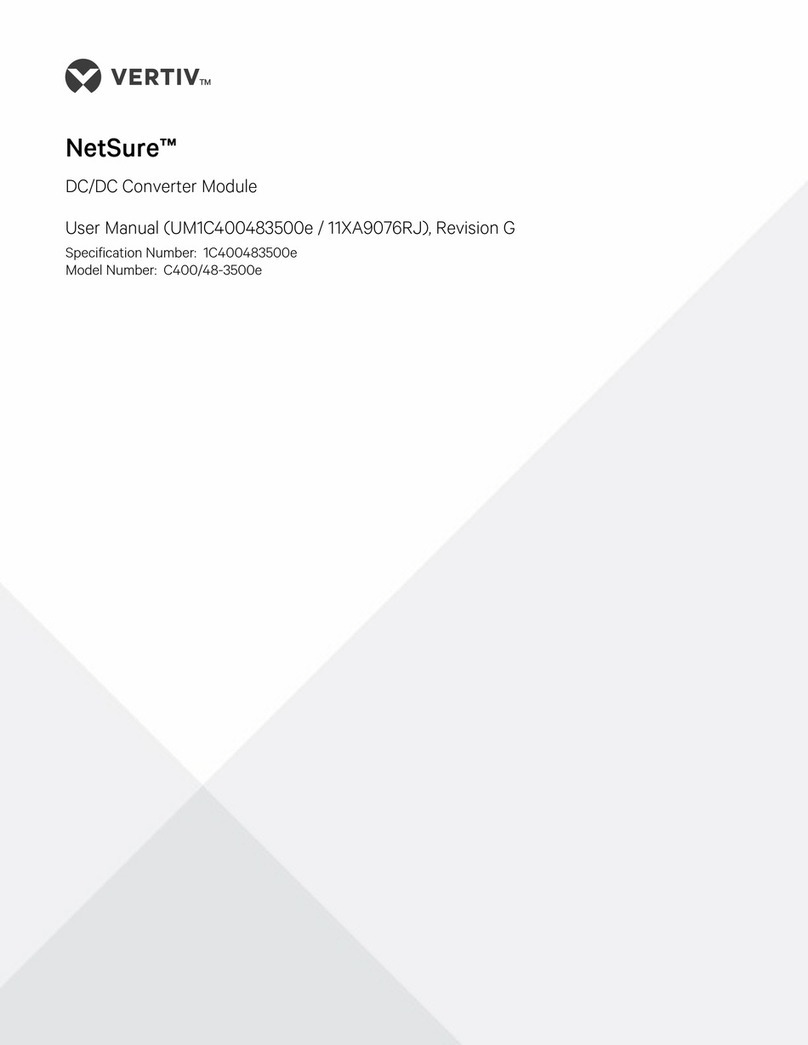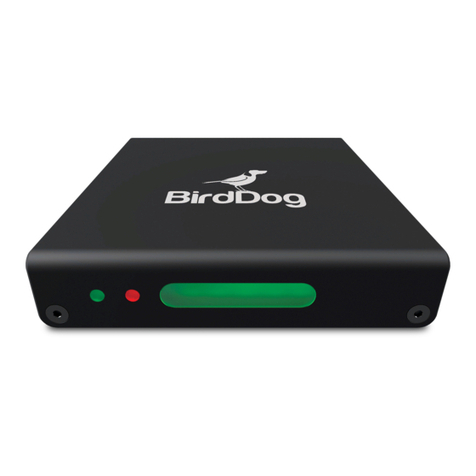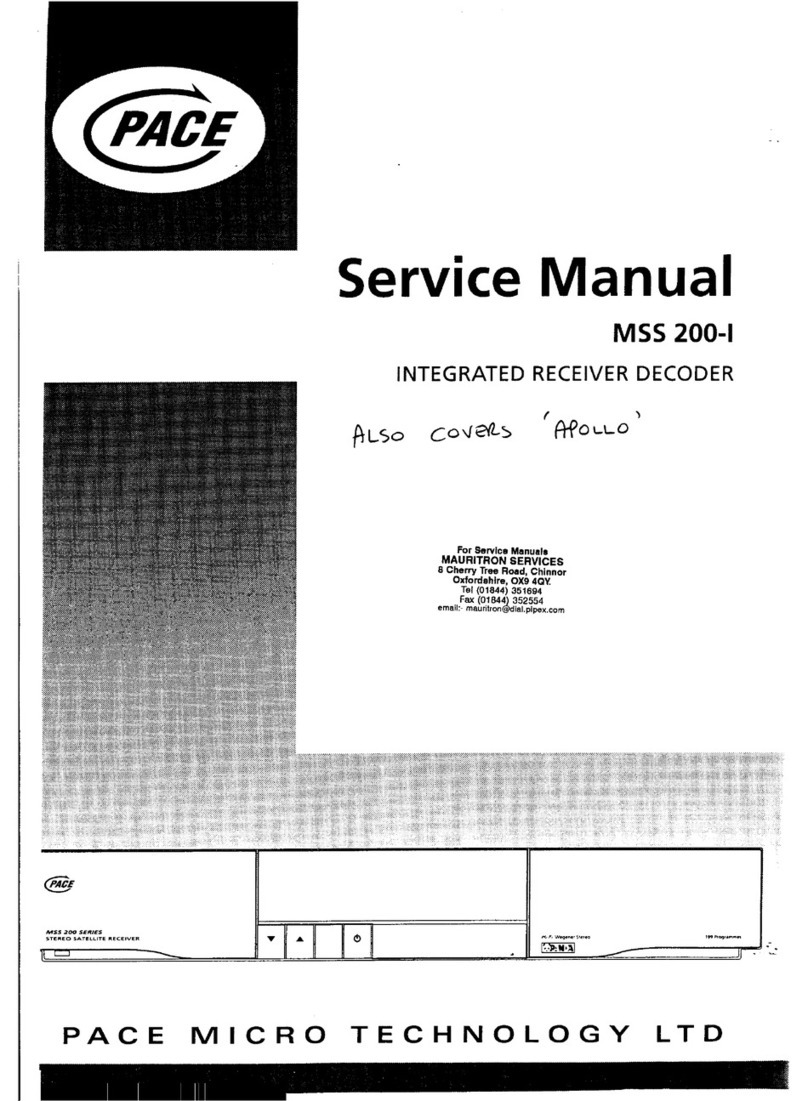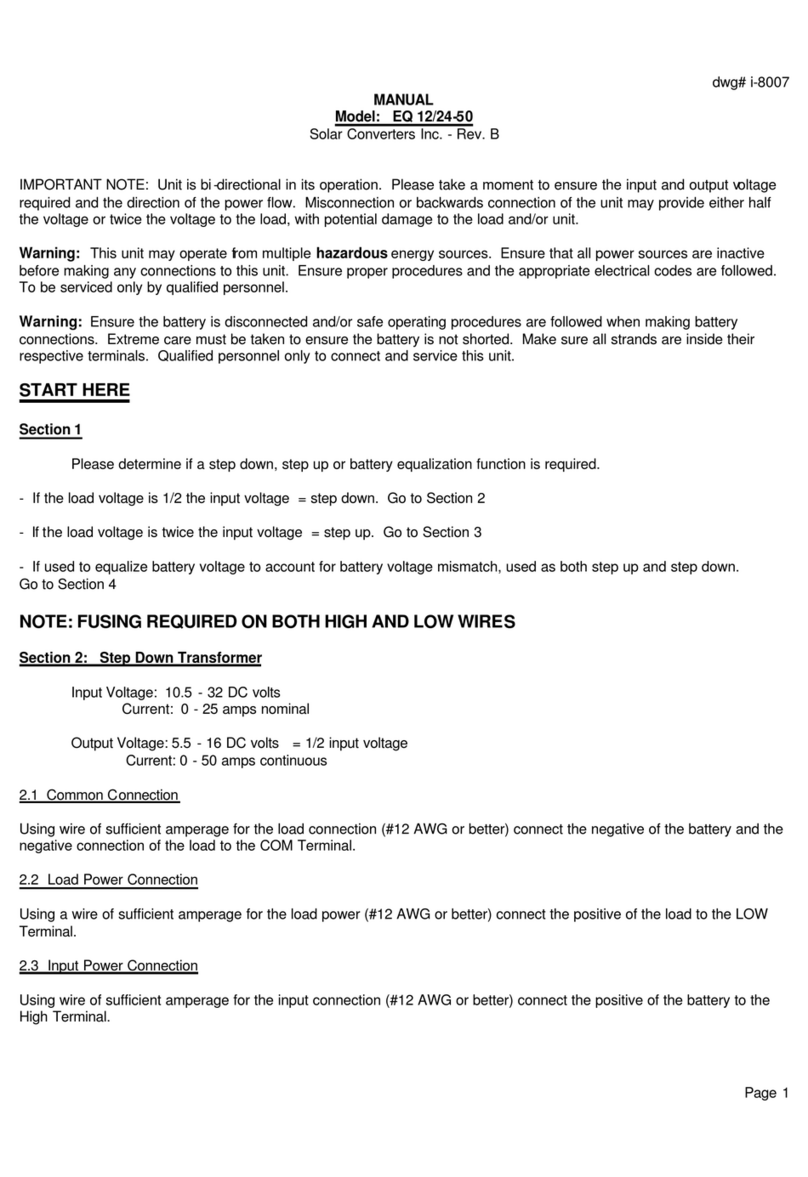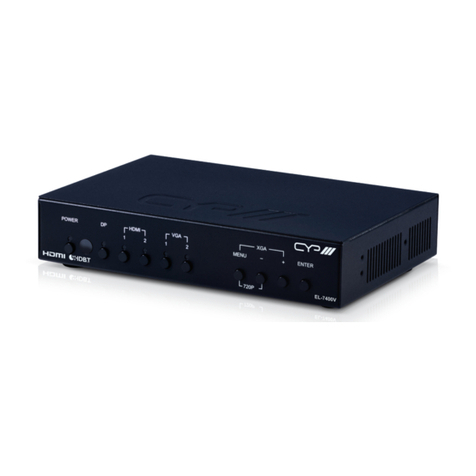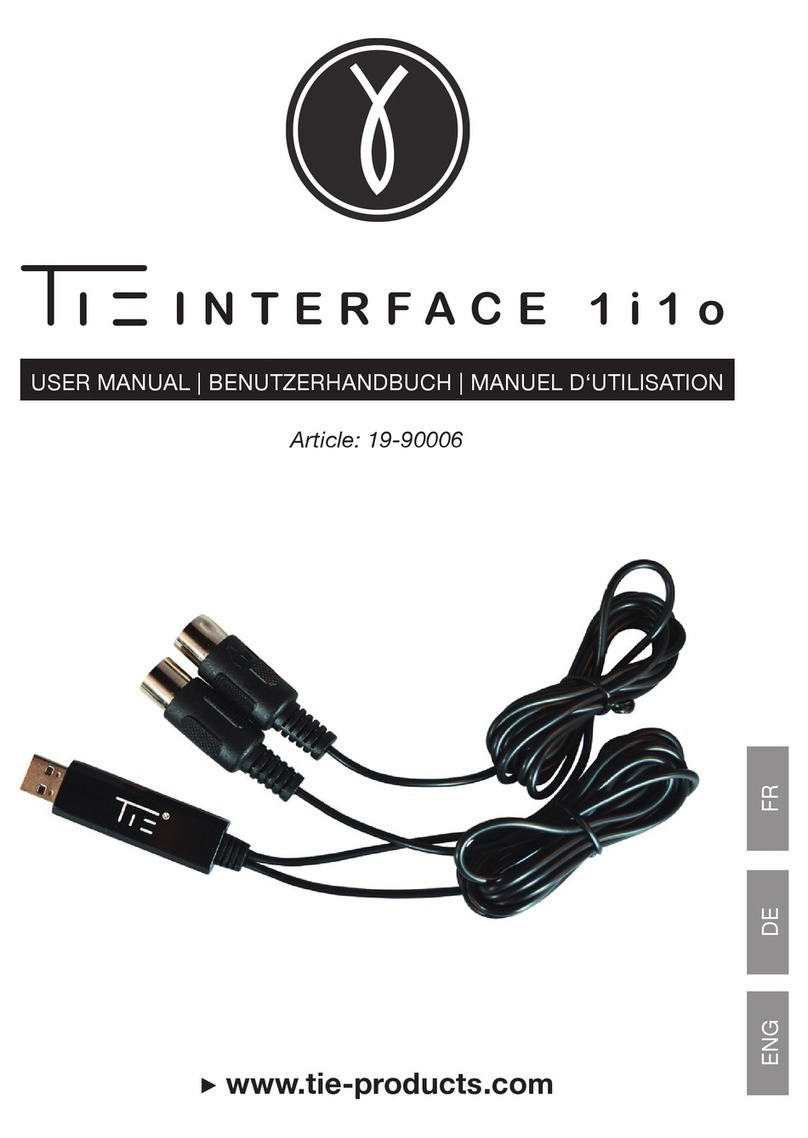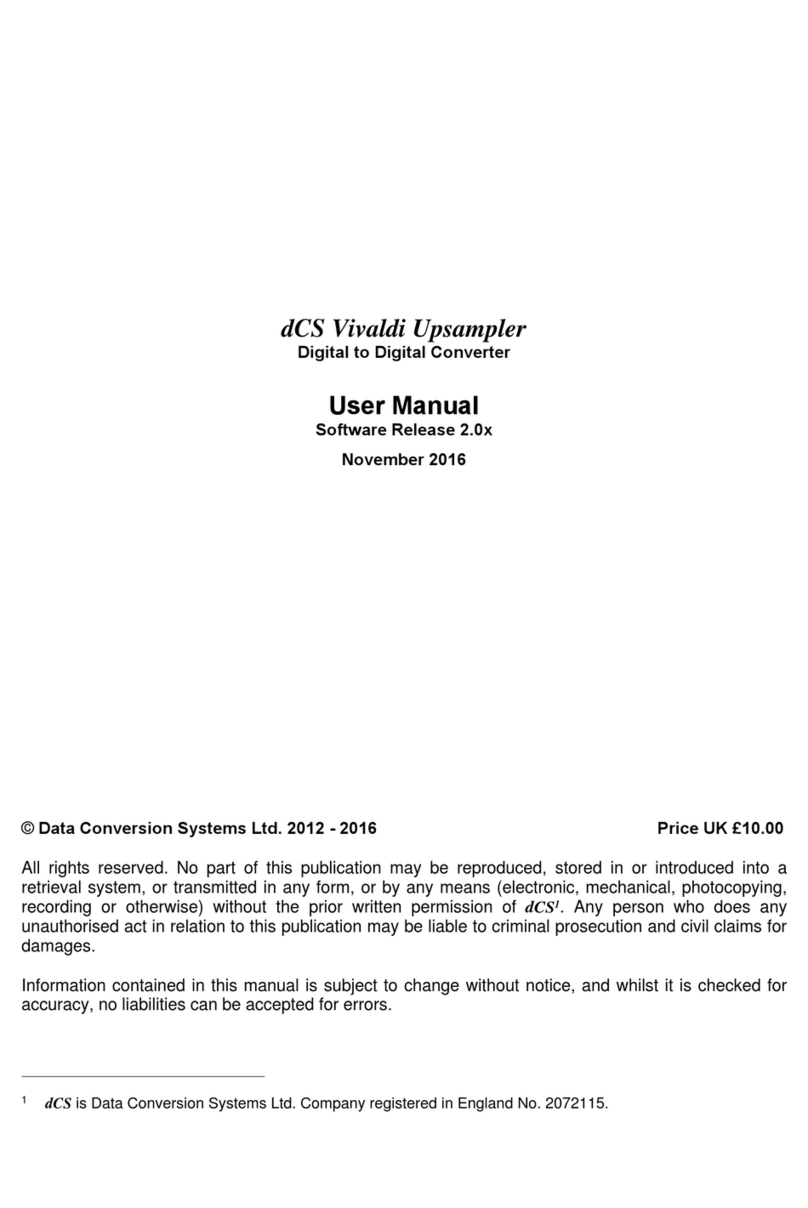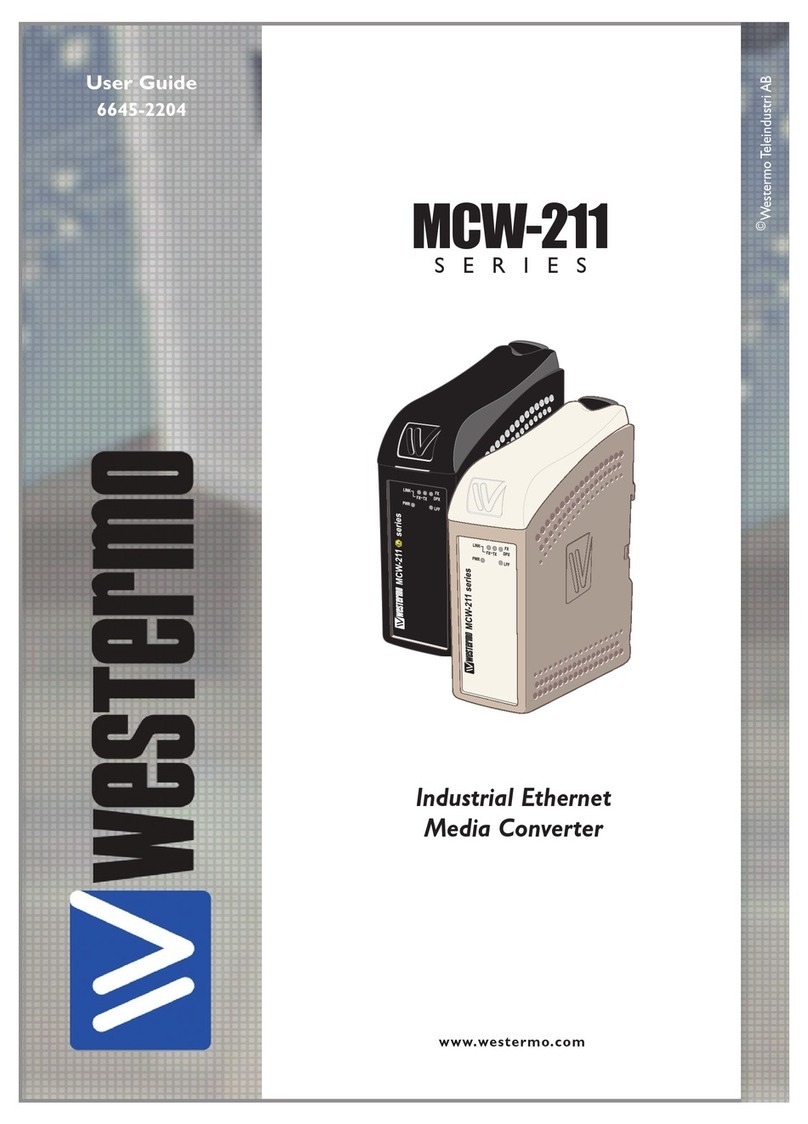
III
Preface
1
◆Safety and precautions
General All electrically powered equipment can be dangerous. At BARCO we have taken
great care to ensure safety during the design and production of our equipment. Incor-
rect installation, handling, or interference can, however, impair the safety.
This product complies with the requirements of the directive 73/23/EEC.
ESD (electrostatic
discharge)
Electronic products contain electrostatic sensitive components. Observe the follow-
ing rule:
•Do not attempt to open a unit without proper precautions against electrostatic dis-
charge, i.e. use a wrist strap and conductive work-bench surface.
Reason: The unit may fail or be degraded.
Installation This product requires protective earthing. With 110/230 V AC this is normally
obtained by the use of the supplied 3-wire power cable.
During installation, observe the following rules:
•Establish a separate safety earth connection if the power installation of the build-
ing does not have a direct connection to earth.
•Ensure that the unit has the correct line voltage rating.
•Do not use an extension cord (power cable) without a protective conductor.
•Do not remove the covers.
Servicing Only trained service personnel should attempt to dismantle and repair the unit.
During service observe the following rules:
•Before removing any covers, switch off the power and remove the line cable
from the unit.
Observe: Capacitors inside the unit may hold dangerous charges for a consider-
able time after the unit has been switched off.
•If it is necessary to replace components in the line connected circuits, use only
new parts of the correct and specified type.
•Take care to maintain or re-establish the protective earthing of the unit during
service or repair.
•Do not remove any warning labels. Replace damaged or illegible warning labels
with new ones.
